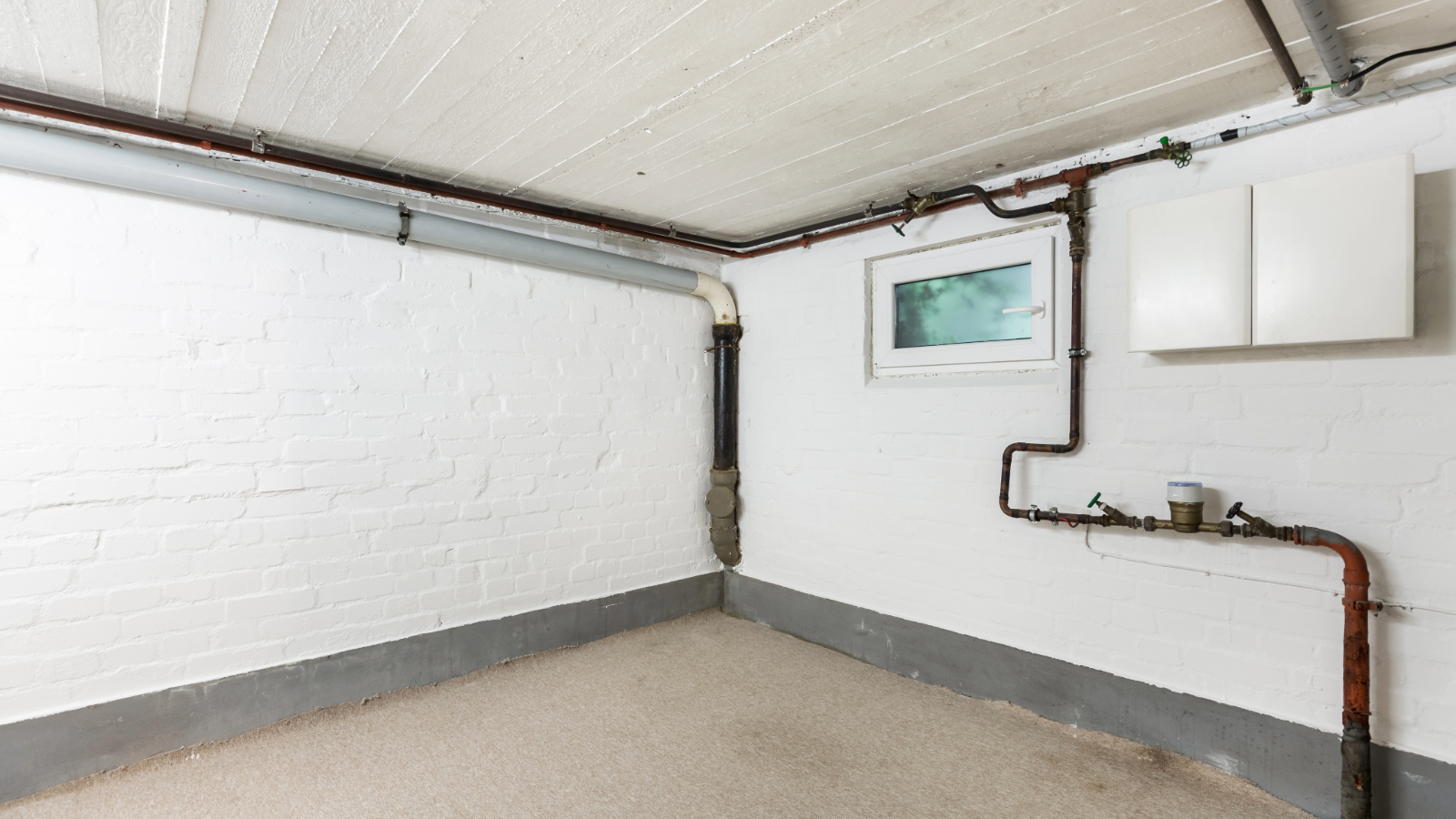12 myths about solar — is there any truth in what you read?
If you've considered renewable energy you'll have read plenty of myths about solar. We ask the experts about the truth behind 12 of the most common myths
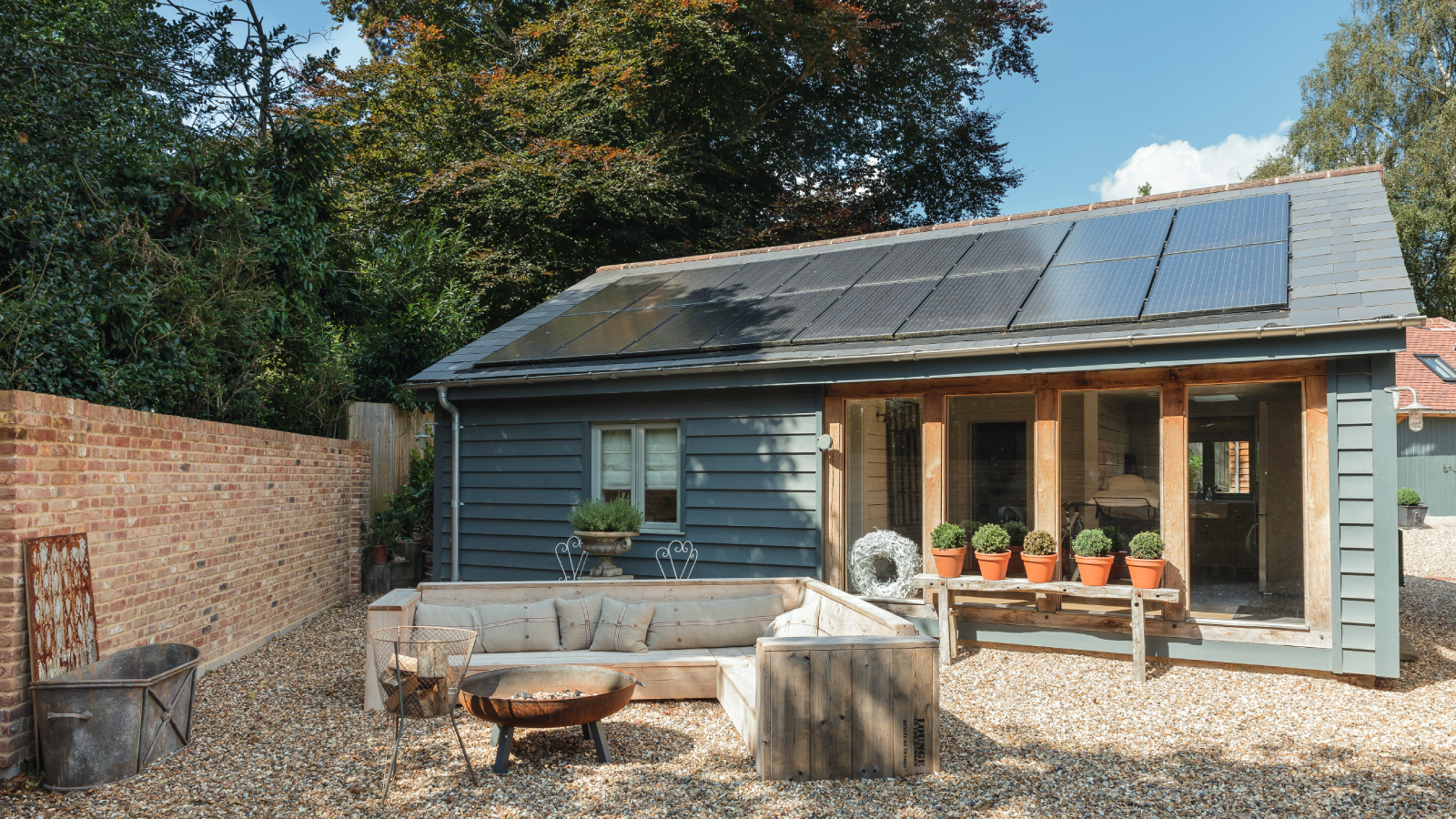
Myths about solar panels tend to revolve around three main areas – cost, weather and effectiveness. But with over 1.5 million homes now using the technology, and the cost of solar panels falling by 73% over the last decade, its green energy status is continuing to grow.
However, believe the myths and you'd be convinced it only works in constant sunshine, in south facing homes and isn't worth the investment.
We presented the experts with 12 of the most common myths about solar and asked them what's true and what's simply false information?
Myths about solar panels
1. Solar panels only work when it's sunny
Solar is of course activated by the sunshine. But do you need constant sunshine in order for them to work?
"Solar panels require daylight to operate, not just direct sunlight. This means your panels will still generate electricity even during cloudy days," says Dan Hopcroft, Zero Carbon Homes director at EDF.
Steve Cole, retrofit co-ordinator at the Centre for Sustainable Energy expands. "Saying solar panels only work when it's sunny is definitely not true. In fact they can work by moonlight and even on cloudy days.
"Systems are rated in kilowatts peak (kWp). This is the maximum rate of electricity the array of panels could generate at peak performance, e.g. noon on a sunny day with the panels facing south," but this doesn't mean they don't operate when perfect conditions aren't in place.
Bring your dream home to life with expert advice, how to guides and design inspiration. Sign up for our newsletter and get two free tickets to a Homebuilding & Renovating Show near you.
However, you are likely to find your output varying depending on the season, says Tamara Birch, senior writer at The Eco Experts.
"While the location and direction of your solar panels is very important, they don’t necessarily need direct sunlight to work," confirms Tamara, "but it does help make them more efficient. Solar panels do generate electricity no matter the weather, but in winter, solar panel output reduces by an average of 83% in winter compared to summer," she says, "mainly due to our much shorter days. This is when having a solar battery can help, as it stores electricity during peak seasons to carry you through winter."
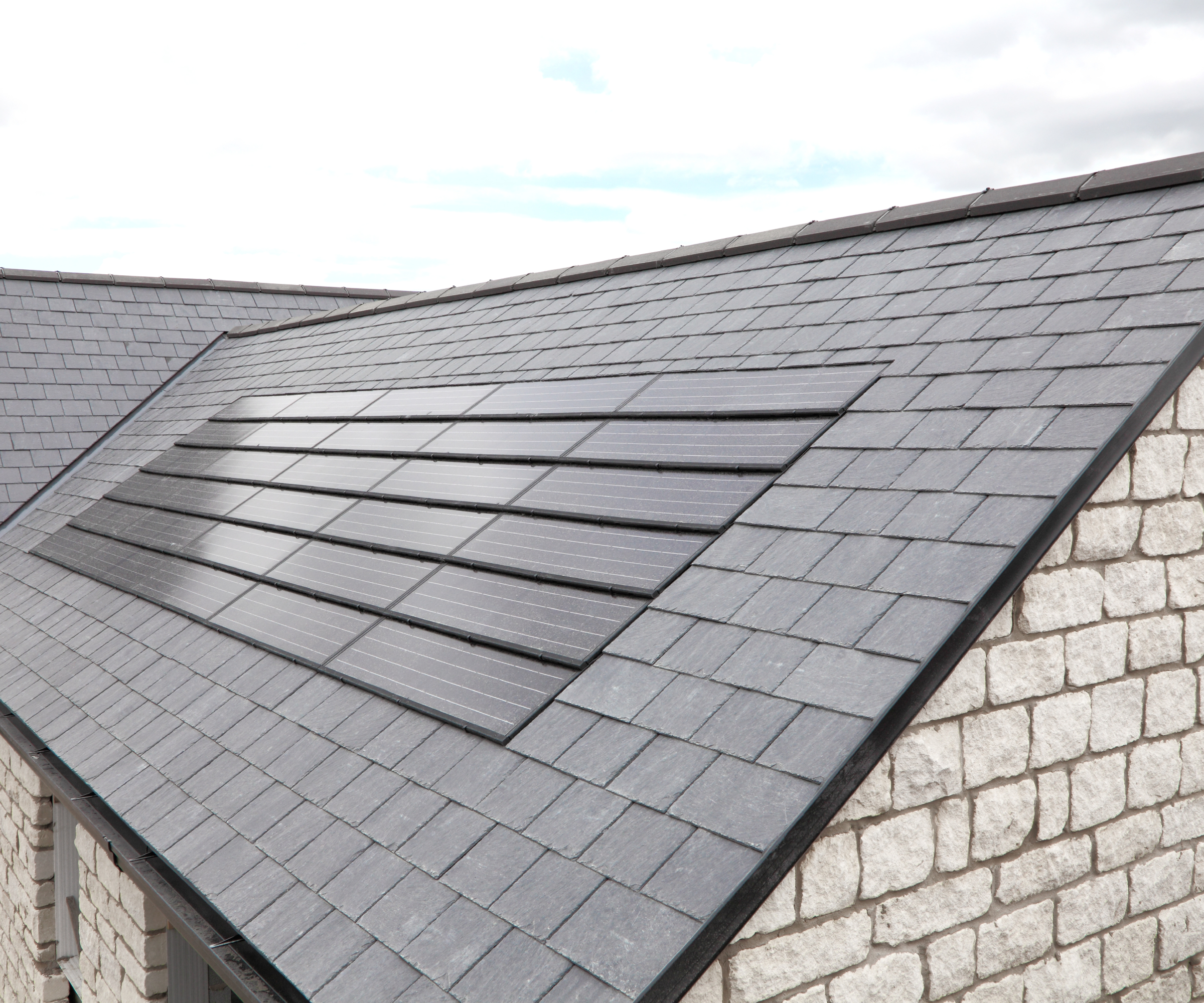

Dan is responsible for both the development and sales of EDF’s zero carbon proposition, plus meeting the company's government obligations on ECO and the Great British Insulation Scheme. Dan relishes the chance to play his part in helping Britain Achieve Net Zero.
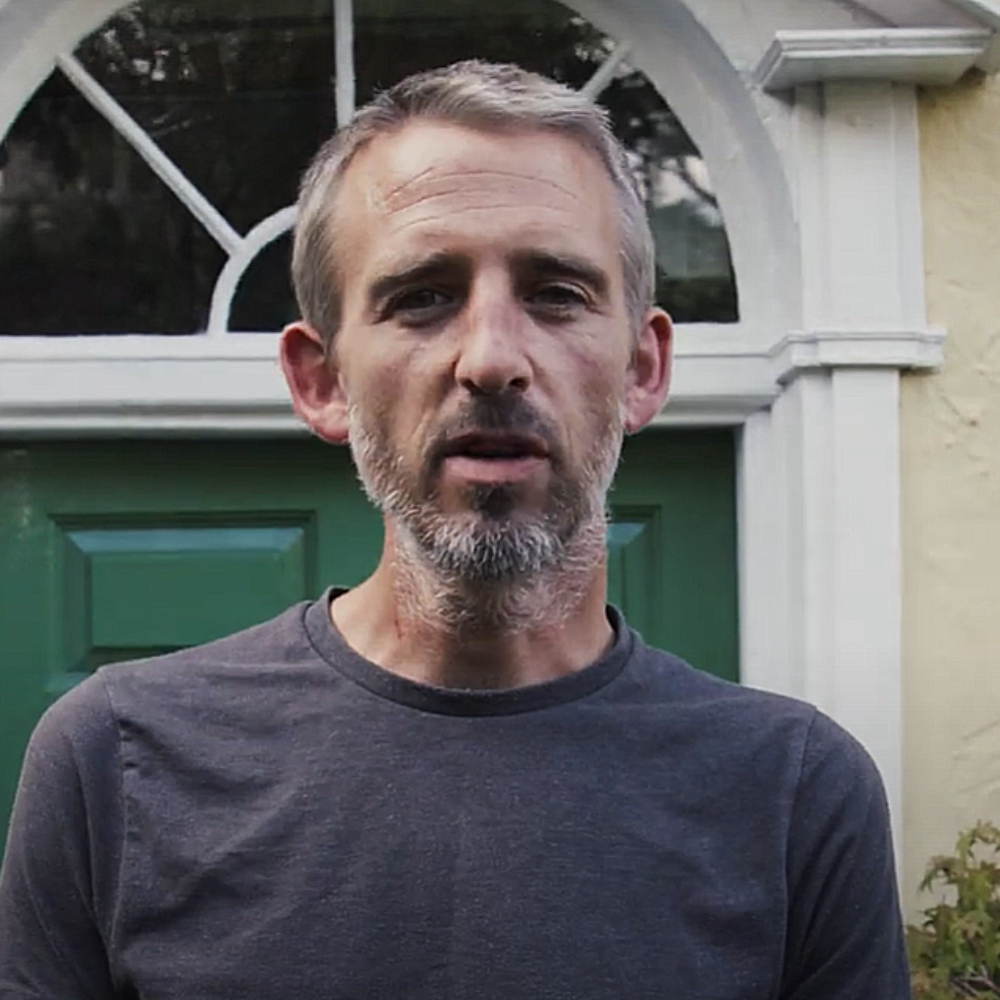
Steve has worked across various domestic retrofit projects and has over 18 years’ experience working in construction in England, Wales, and Ghana. Over the years he has worked at various levels, from labourer to site and project management, for charities, private individuals, and for both private and public companies.
2. Solar panels are expensive
Solar panel costs have dropped in the last 10 years, according to government data, but does that mean they are still an expensive purchase?
When considering the cost of solar panels, Steve Cole says you need to consider it in relation to your priorities. Why do you want to use solar. Is it purely to save on your bills or are there other environmental factors at play?
"The cost-effectiveness depends on factors like electricity usage patterns and system size," says Steve. "If your household normally uses a lot of electricity during the day, installation costs could be repaid in as little as nine years."
The cost can also be offset in many situations by the solar panel grants and funding that's available through schemes such as the government's ECO4 scheme. For more advice follow the expert tips in how to work out your energy needs and choose the right renewables.
3. Solar panels are difficult to install
No longer a new technology, experts say that installing solar panels is neither difficult or time consuming.
"You can begin your solar journey with EDF's solar panel company today," says Dan Hopcroft, "and expect a callback for a remote survey within three working days. Once the remote survey is completed, you can have your solar panel system installed in as little as four weeks."
"Installation is typically straightforward for qualified professionals," agrees Steve Cole. "Most systems require little or no maintenance and the panels should last for decades.
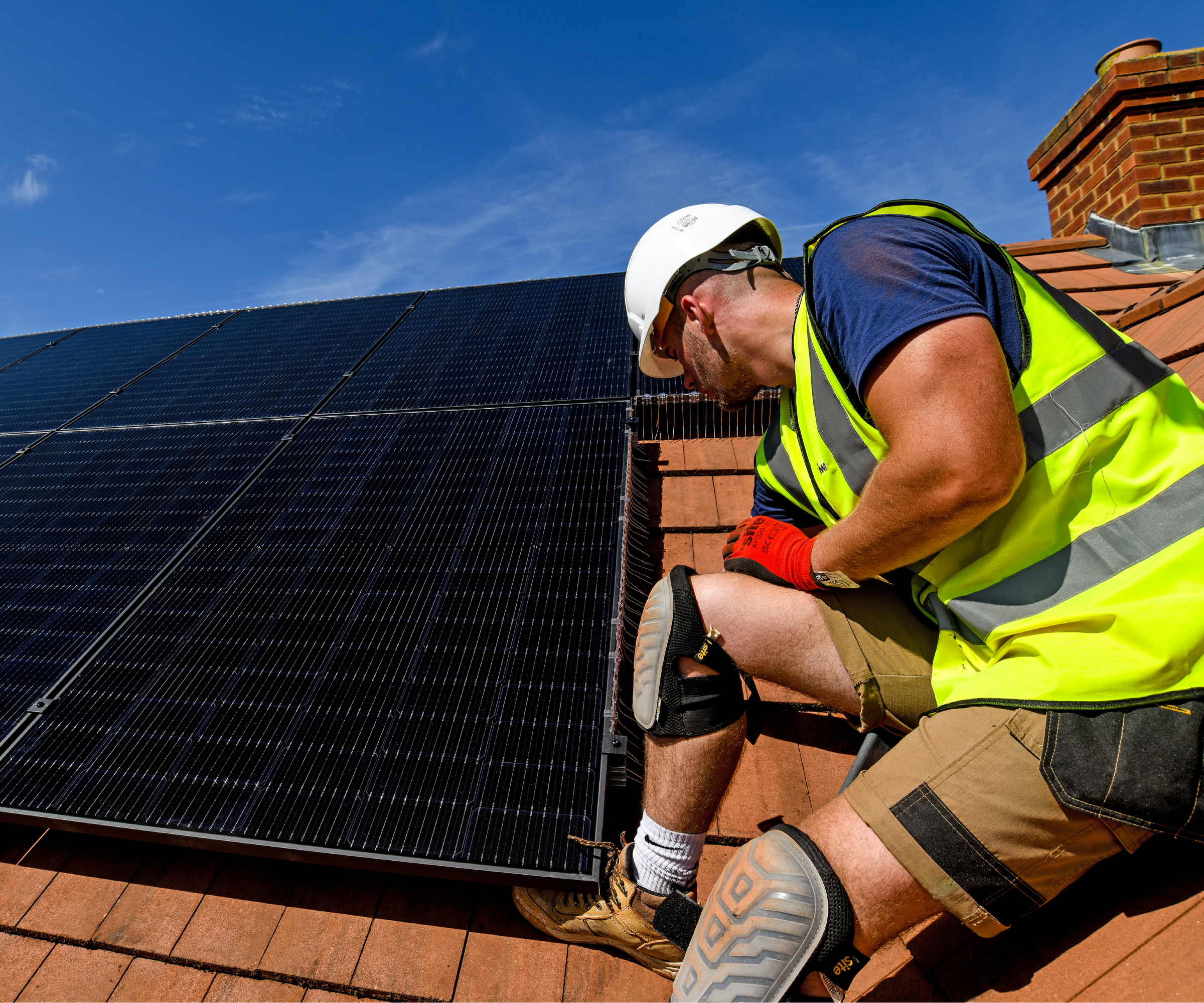
4. Solar panels need planning permission
Although not entirely a myth, there is some truth in the fact that you can't just install solar panels as and when you want.
"Most homes generally don’t require planning permission," confirms Dan Hopcroft, but there are guidelines to follow. "If you live in a listed building, conservation area, or national park, it’s important to check with your local planning office."
"It's unlikely you'll need planning permission," says Steve Cole, "as solar arrays are classed as permitted development, meaning they don't need approval if they stick out 200mm or less from your building and meet other basic requirements."
However, as planning permission for solar panels isn't always black and white, it's worth checking with your local planning officer before proceeding.
5. Solar energy still works in a power cut
Although it's easy to believe the myth that solar panels will work even during a power cut – after all they are powered by the sun – it's not quite as simple as it appears. Understanding how do solar panels work and the role that solar batteries play is key to realising that you can't just rely on sunshine to power your home.
"Whether solar energy still works in a power cut depends on the system setup," says Steve Cole. "Standard grid-tied systems typically don't work during power cuts for safety reasons. However, systems with battery storage or specific safety features may continue to provide power during outages."
Dan Hopcroft expands. "A solar and battery installation can provide whole-house backup, critical loads, or backup power for specific sockets during a power cut. Most solar hybrid inverters will continue to charge batteries even during a power cut, as they can still harness DC energy from the sun during the day."
6. Solar panels will damage your roof
It's a categoric no from both experts on this myth – with one caveat – always use a reputable company.
"When installed by a professional," says Dan Hopcroft, "there is virtually no risk of permanent damage or problems."
Wondering if you have the right roof for solar? Find out your solar panel roof suitability and then speak to a range of companies to find out about their installation process and guarantees.
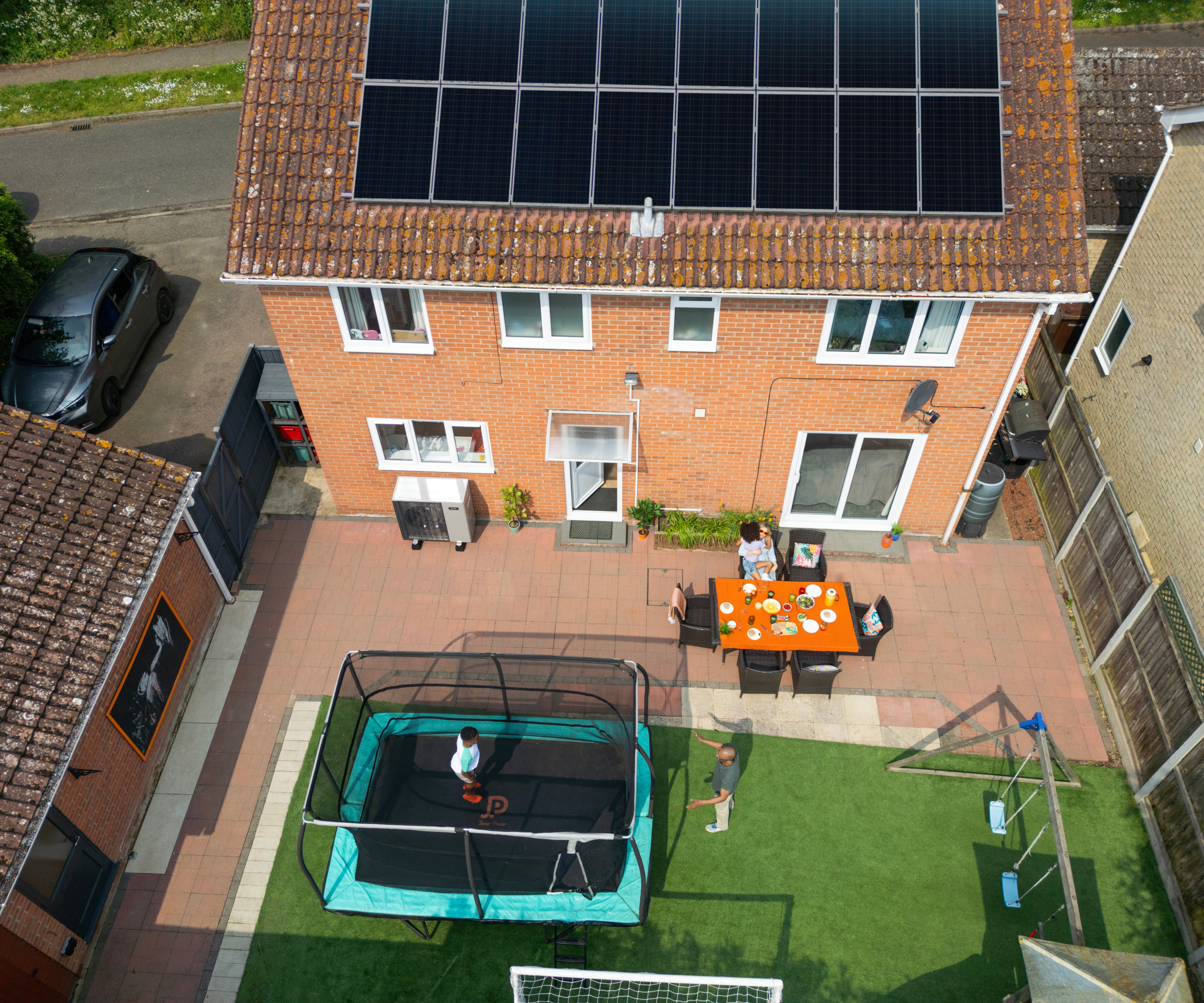
7. Solar devalues your property
Although there will always be homeowners who don't like the visual aesthetics of solar panels, and may claim that the look of them will devalue your home, the fact is, it's the opposite.
"Well-installed solar PV systems often add value to properties, due to their energy-saving potential," says Steve Cole.
But by how much? Up to 25% says Dan Hopcroft, according to research from Admiral Money which also claims, "three-quarters (76%) of buyers would be more likely to buy a property with energy-saving measures."
And with figures from the Microgeneration Certification Scheme (MCS), the regulating body for low-carbon products revealing that installation numbers are on the rise – April 2024 alone saw more installations than in the previous three months combined – this seems to be one myth that is showing no signs of becoming true any time soon.
8. Solar panels go to landfill and can't be recycled
If you understand how long do solar panels last, you'll firstly appreciate that given the average lifespan of a solar panel is around 20-30 years, replacing them and needing to dispose of the old ones isn't something that happens on a regular basis.
Coupled with this is the fact that recycling is an option.
"Solar waste can be seen as a significant issue," agrees Dan Hopcroft. "However, most solar panels can be recycled. The aluminium frame, cables, junction box, glass, cells, and circuit material are all reusable, and our solar company ensures any waste materials are handled sustainably."
9. Solar panels have to face south
While it's not entirely true, there's a reason why this myth about solar continues to do the rounds.
"Ideally, your roof should be south-facing and free from any shading trees or buildings," says Dan Hopcroft, but that doesn't mean the solar panels won't work if your home faces in a different direction.
"Panels can still be installed on east or west-facing roofs," confirms Dan, "but they will generate less energy compared to a south-facing roof."
If you want to check your own home and see if solar is viable before you start getting quotes, you can use Solar Wizard, which according to the website, "uses a number of datasets to generate building-specific estimates for power generation, costs and savings. It takes into account factors such as roof orientation and pitch, and the potential for overshadowing from nearby features like tall buildings or trees."
Simply type in your postcode to start the process.
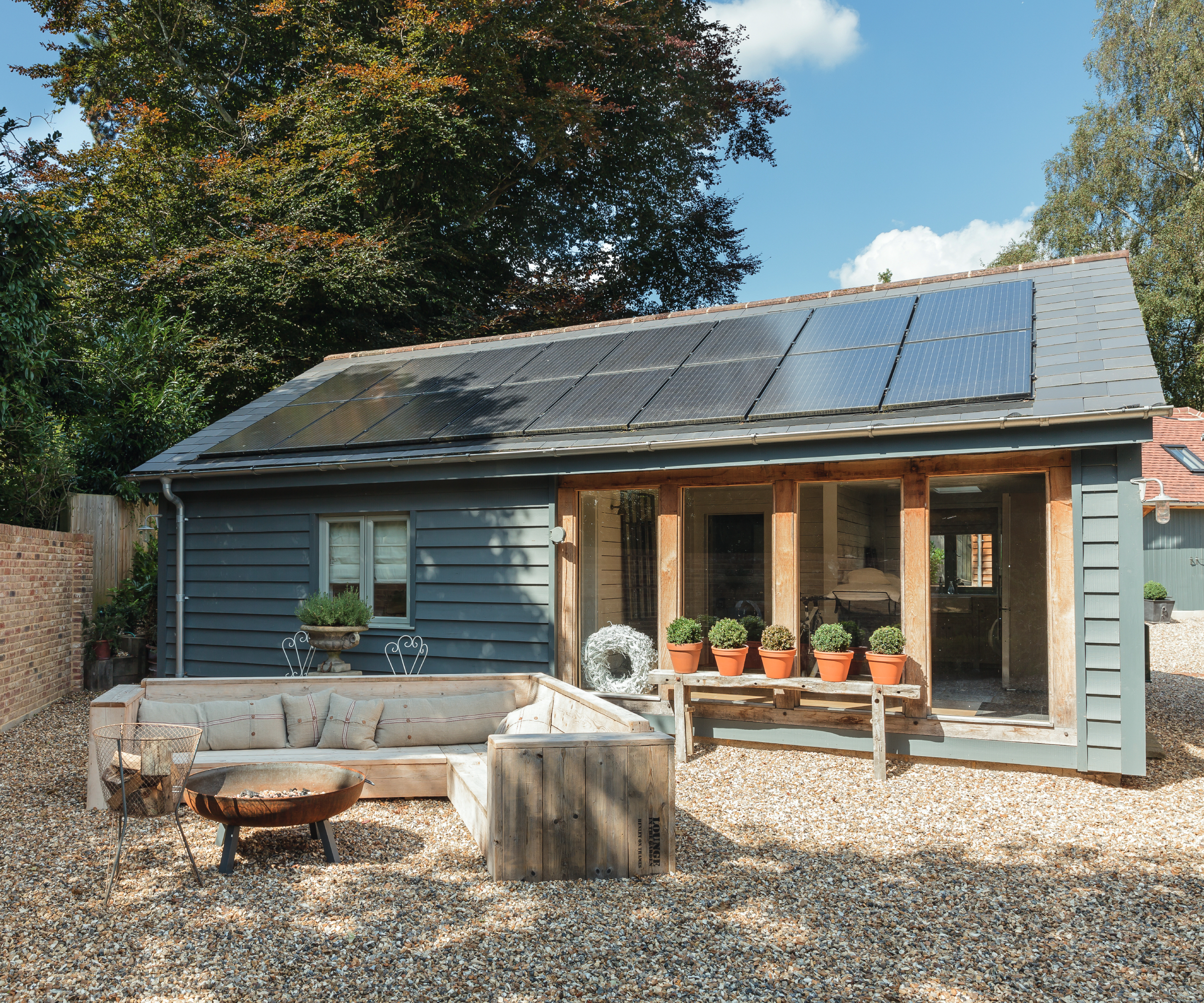
10. Solar panels are high maintenance
Unlike other heating systems such as gas boilers which require an annual service, "most solar systems require little or no maintenance," says Steve Cole, "and the panels should last for decades – although it is worth checking that they are not too dirty every year, as this can reduce performance."
"You may want to occasionally rinse your panels with a hose to remove dirt or dust," suggests Dan Hopcroft, "and you should also keep an eye on nearby trees to ensure that they do not shade your panels or drop too much leaf debris."
Make sure you know the six easy steps to follow for clean solar panels to get the best out of your system and follow our advice for solar panel pigeon proofing to avoid any unwanted build up of pigeon poo.
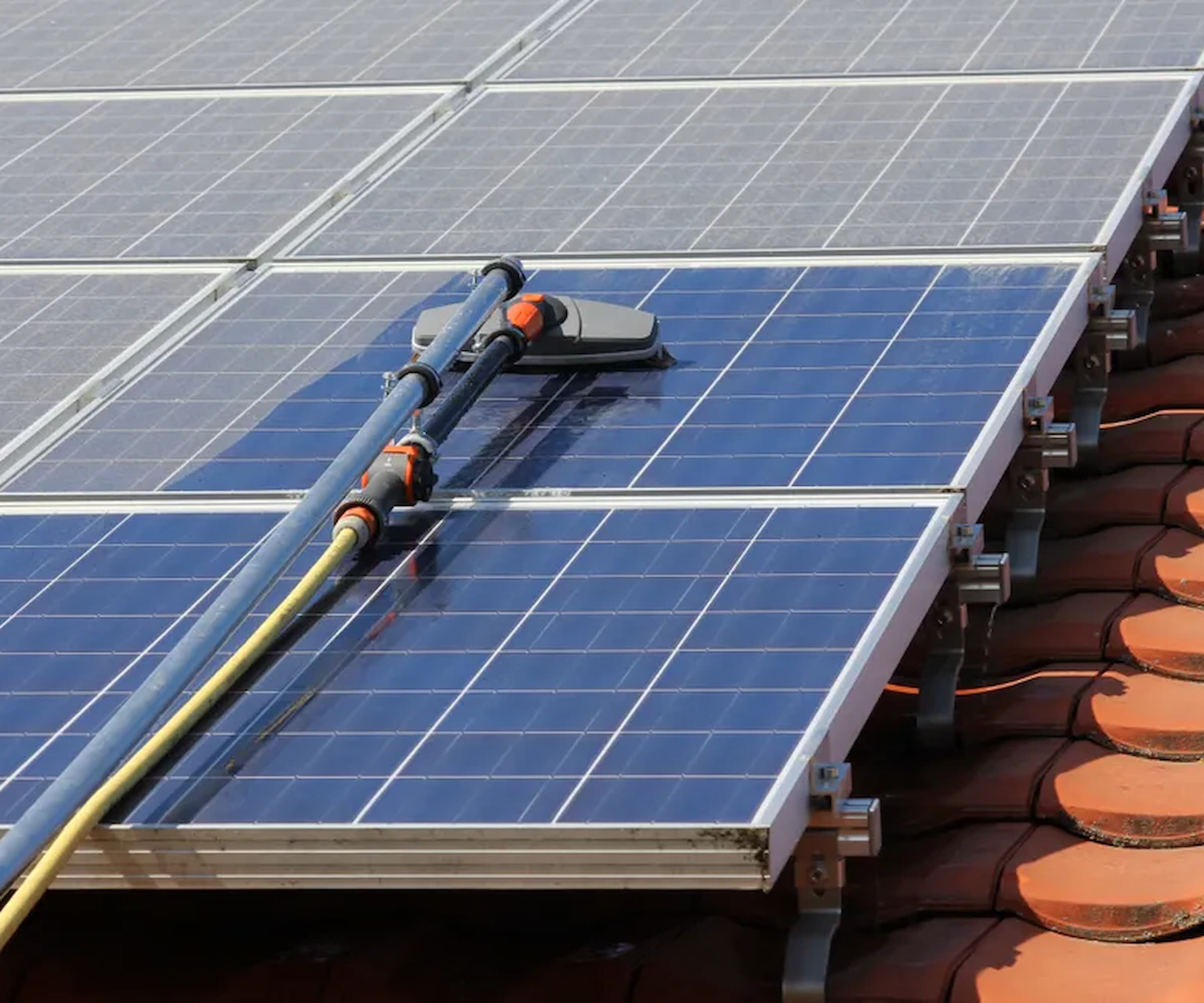
11. The more panels you have, the quicker the payback
Another myth that when you shine a light on, becomes a little harder to untangle according to Dan Hopcroft.
It seems to be one of the myths about solar that has some element of truth, but can't be answered with a straight yes or no.
"It depends on several factors such as property consumption, tariff, inverter size, and DNO approval," says Dan Hopcroft. "These factors may change over time, but generally, the larger the system, the quicker the payback could be, but this is not always true."
In simple terms, it's also important to remember that you'll have paid out more for extra panels which means your payback figure will be greater. To make sure you install the correct amount, follow our guide to how many solar panels do I need.
12. You get more electricity on hot days
Although it's easy to understand why you might think more sunshine equals more electricity, the science behind solar panels doesn't work this way.
"This myth is incorrect," says Steve Cole. "In fact, while solar panels need sunlight, excessive heat can actually reduce their efficiency."
What your solar panels need is sunlight, not heat, so you won't get extra power in the middle of the summer. However, don't worry that this means your solar panels won't work in a heatwave, as this also isn't the case.
According to Solar Energy UK, "solar photovoltaic panels (solar pv) will convert a slightly lower proportion of sunlight into electricity in hotter conditions, which is why peak power output generally occurs at midday in April or May.
"But, clearer skies, longer days and more sunlight add up to mean that significantly more power is produced overall during the summer."
Although solar panels are the most well known form of solar energy, find out the difference between solar thermal vs solar pv, discover more about solar roof tiles and see if solar panel windows could be the next big thing to arrive in our homes.
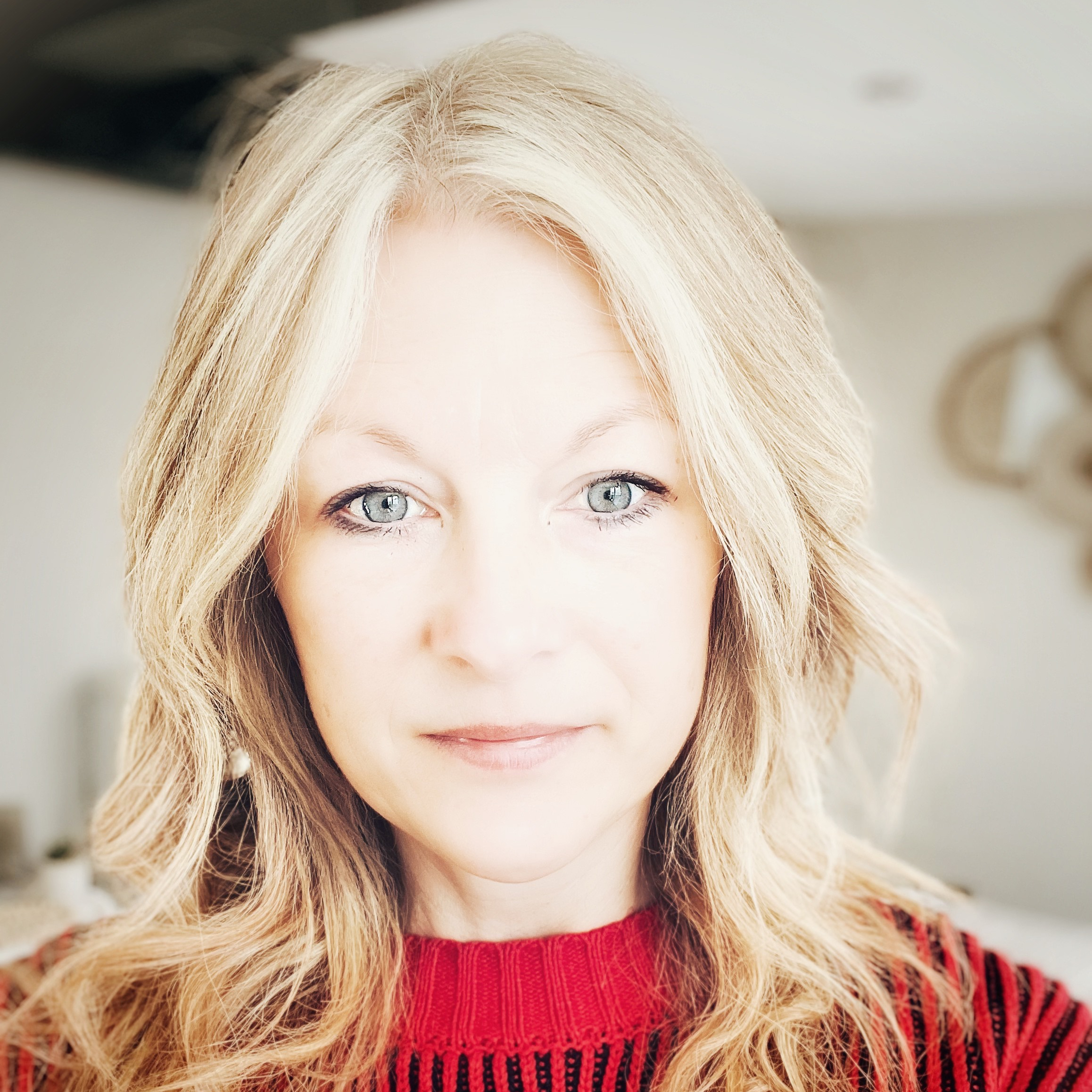
Sarah is Homebuilding & Renovating’s Assistant Editor and joined the team in 2024. An established homes and interiors writer, Sarah has renovated and extended a number of properties, including a listing building and renovation project that featured on Grand Designs. Although she said she would never buy a listed property again, she has recently purchased a Grade II listed apartment. As it had already been professionally renovated, she has instead set her sights on tackling some changes to improve the building’s energy efficiency, as well as adding some personal touches to the interior.
